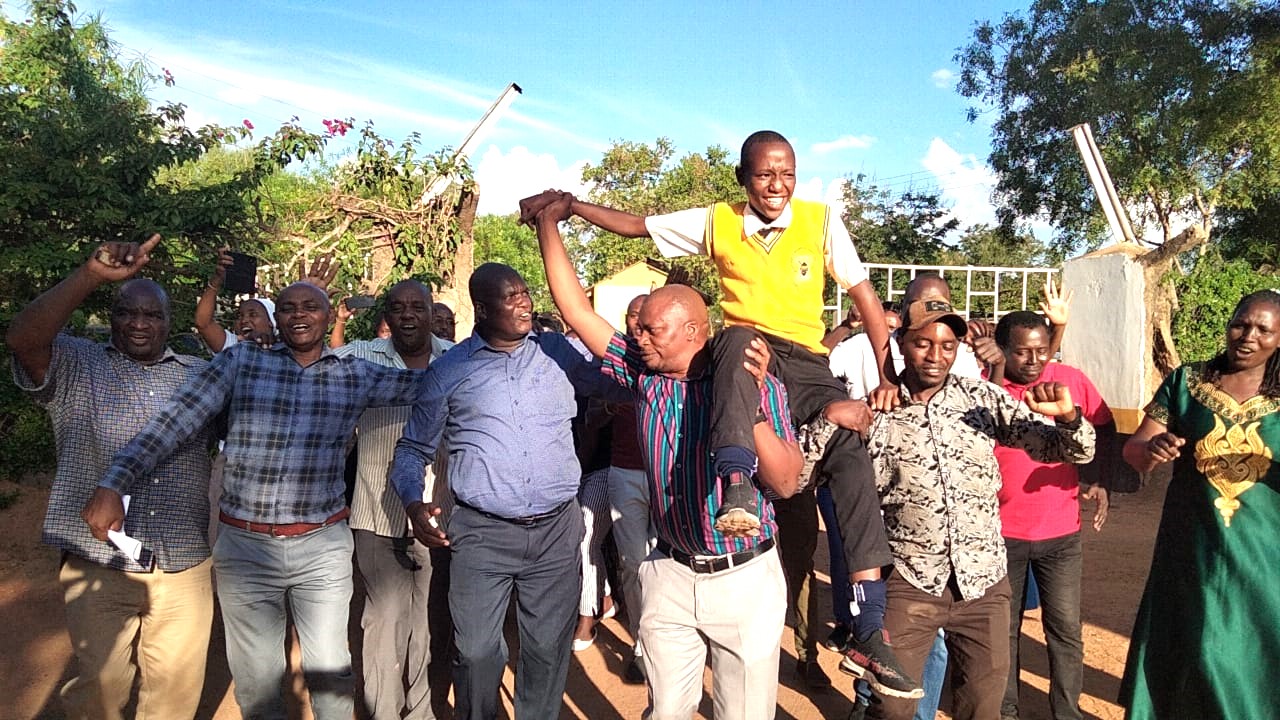This month marks 80 years since one of the most influential yet underrated inventions burst onto the market in New York on October 29, 1945. The Biro, or ballpoint pen, may appear simple and ordinary, yet it has profoundly shaped how generations learn, record knowledge, and communicates ideas.
As Kenya enters the national examination season, millions of candidates sit hunched over their desks, their blue or black Biros gliding silently across pages that will determine their next steps in life. Each script, each paragraph and each ticked box owes its existence to this humble invention. The timing is symbolic—just as the world celebrates eighty years of the Biro, students across the country are writing the stories of their futures with it.
The ballpoint pen’s story begins in 1930s Hungary, where László Bíró, a journalist, grew tired of fountain pens that smudged, leaked and slowed down his work. He noticed that newspaper ink dried almost instantly and rarely blurred. Together with his brother György, a chemist, Bíró set out to create a pen that used similar ink—thicker, faster-drying, and cleaner.
Their innovation was both simple and revolutionary: a tiny rotating ball at the pen’s tip that picked up ink from an internal cartridge and deposited it smoothly onto paper. In 1938, they patented the design in Argentina, where they had fled during the turbulent pre-war years.
The invention caught attention during World War II when British airmen adopted it for use at high altitudes—where fountain pens failed. Its reliability and simplicity quickly earned it global appeal. Then, on October 29, 1945, the first commercial batch of Biro pens went on sale in New York. Priced at $12.50—a small fortune at the time—they sold out within hours. The era of the ballpoint pen had begun.
What made the Biro revolutionary wasn’t just its clever engineering, but its democratizing effect. It took writing out of the realm of the privileged few and placed it in the hands of everyone. Before the Biro, writing instruments were cumbersome, expensive, and high-maintenance. Fountain pens required refilling and blotting paper, while quills and nibs were delicate.
ALSO READ:
Police hunt suspect who assaulted, attempted to rape Grade 7 schoolgirl in Kisii
The Biro, on the other hand, was cheap, durable and convenient. It didn’t leak or smudge, and it could write on almost any surface. Suddenly, writing was no longer a privilege—it was a universal skill.
In classrooms around the world, including right here in Kenya, the Biro became a symbol of education and empowerment. For decades, children have proudly carried their pens to school, often the first personal possession that marked their journey toward literacy. The familiar sight of a student gripping a pen tightly during exams is a testament to how deeply this invention is woven into our educational culture.
At this time of year, as candidates sit for KCPE and KCSE, the ballpoint pen becomes more than just stationery—it becomes a bridge between preparation and destiny. Within the silent tension of the examination room, the Biro is the one companion a student can fully trust.
Teachers often remind their students, “Let your pen speak for you.” And indeed, it does. Every essay written, every mathematical calculation, every scientific explanation is channeled through the steady movement of a Biro. The pen becomes the student’s voice, articulating knowledge, creativity, and hope.
When the invigilator says, “You may begin,” a million Biros come to life across the nation. They glide over pages, turning thought into text, transforming years of learning into measurable performance. When time is called, they fall silent again, having captured countless dreams in ink.
It’s poetic that the Biro, born out of one man’s quest for efficiency, now plays a central role in defining the futures of millions of learners each year.
As we celebrate eighty years of the Biro, it is worth reflecting on how this small, inexpensive tool continues to define moments of great significance. From a child’s first attempt at forming letters in Grade One, to a Form Four candidate answering the last structured question in KCSE, the Biro witnesses every milestone. It captures laughter in classroom notes, anxiety during exams and triumph in signed certificates.
No other invention has travelled as quietly and as faithfully alongside the human journey of learning. The Biro has crossed borders and generations without discrimination. Whether in the hands of a university professor, a shopkeeper recording sales or a schoolchild under a tree in Turkana, its role remains constant—to turn thought into record, imagination into permanence.
ALSO READ:
Even in our digital age, when screens dominate and artificial intelligence is redefining knowledge, the handwritten word still holds sacred power. A handwritten note carries warmth and authenticity that typed text can never fully replace. The Biro reminds us that while technology evolves, human expression still flows most naturally through ink.
In every exam room across Kenya this month, exam candidates clutch their Biros like swords of destiny. Some write swiftly and confidently; others pause, whisper silent prayers, and then continue. The sound of pens scratching across paper fills the air—a national symphony of hope and hard work. Each script tells a story, not only of what has been learned but also of endurance, resilience and belief.
The Biro, therefore, is more than a writing tool. It is a symbol of possibility. It represents the idea that great things often emerge from small beginnings. When László Bíró set out to solve a simple problem—leaky fountain pens—he could not have imagined that his creation would one day shape the destinies of millions of learners around the world.
So, as we celebrate this milestone, let us appreciate the simple pen we often take for granted. Let every teacher, student and professional pause for a moment to honour the quiet hero that has faithfully carried our ideas, dreams and declarations. Let every stroke of the pen remind us that progress begins with expression—and expression begins with writing.
Eight decades later, the Biro still glides smoothly across pages, connecting thought to word, mind to paper and effort to achievement. It may be small in size, but its impact is immeasurable. It has written love letters and resignation letters, constitutions and classroom essays, exam answers and great works of literature. Truly, it has written the human story.
As candidates sit their final exams this season, let them remember that their pens hold power—the power to tell their stories, to prove their readiness and to shape their tomorrow. And as the world marks eighty years of the Biro, may we continue to celebrate the ingenuity, resilience and hope that it represents.
Because in the end, revolutions don’t always come with noise or fanfare. Some simply come as ink gliding across paper – quietly changing the world, one word at a time.
By Ashford Kimani
Ashford teaches English and Literature in Gatundu North Sub-county and serves as Dean of Studies.
You can also follow our social media pages on Twitter: Education News KE and Facebook: Education News Newspaper for timely updates.
>>> Click here to stay up-to-date with trending regional stories
>>> Click here to read more informed opinions on the country’s education landscape






